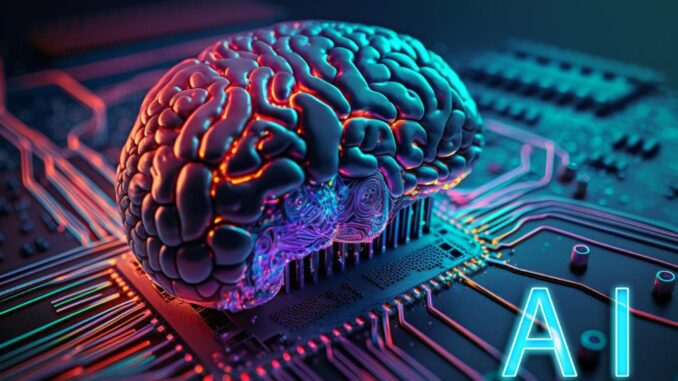
The potential of artificial intelligence (AI) for redistribution is a topic that intersects economics, ethics, and technology. Here are several key areas where AI may contribute to more equitable distribution of resources:
1. Economic Inclusion and Employment – Job Creation: AI can create new job opportunities in tech and other sectors, leading to economic growth that can benefit a wider segment of society.










– **Skill Development**: AI-driven educational platforms can tailor learning experiences, helping individuals acquire skills relevant to tomorrow’s job market, particularly in underrepresented communities.
– **Remote Work**: AI tools can facilitate remote work, enabling individuals in areas with fewer local opportunities to access employment in larger markets.
### 2. **Resource Allocation**
– **Demand Forecasting**: AI can optimize supply chains and resource allocation, ensuring that goods and services reach underserved areas more efficiently.
– **Agricultural Efficiency**: AI technologies can enhance agricultural productivity and sustainability, thereby increasing food security and supporting rural economies.
### 3. **Healthcare Access**
– **Telehealth and Diagnostics**: AI can support telehealth initiatives, bringing healthcare services to remote or low-income communities, improving access to medical advice and diagnostics.
– **Personalized Medicine**: AI can analyze genetic and health data to provide tailored treatment plans, potentially improving outcomes for all demographics, particularly marginalized groups.
### 4. **Education and Skill Development**
– **Personalized Learning**: AI can deliver personalized educational content, helping to bridge gaps in learning and providing support to students who might otherwise be left behind.
– **Lifelong Learning**: As the job market evolves, AI can facilitate continuous education and retraining programs, making it easier for workers to transition into new roles.
### 5. **Financial Services**
– **Microloans and Credit Scoring**: AI can analyze alternative data sources, enhancing access to credit and financial services for individuals who lack traditional credit histories.
– **Fraud Detection**: By improving security measures, AI can foster trust in financial systems, which may encourage more equitable access to banking services.
### 6. **Policy and Governance**
– **Data-Driven Decision Making**: AI can provide insights for policymakers to address societal issues more effectively, enabling targeted interventions in areas like poverty alleviation and resource distribution.
– **Participatory Governance**: AI can help in gathering public sentiment and feedback more effectively, empowering citizens to have a say in local governance and societal needs.
### Challenges and Considerations
While AI has transformative potential for redistribution, there are significant challenges and ethical considerations that must be addressed:
– **Bias and Inequality**: AI systems can perpetuate existing biases if not designed and managed carefully, potentially leading to greater inequality.
– **Job Displacement**: While AI can create jobs, it may also displace many workers in various industries, necessitating robust policies for retraining and support.
– **Data Privacy and Security**: The collection and use of personal data for AI applications raise privacy and security concerns, especially for vulnerable populations.
– **Access to Technology**: There is a risk that the benefits of AI will accrue primarily to those who already have access to technology, exacerbating existing inequalities.
### Conclusion
The potential of AI for redistribution is significant, particularly in terms of its ability to enhance economic opportunities, improve access to services, and inform policies that address inequities. However, realizing this potential requires proactive measures to mitigate risks and ensure that AI systems are designed and implemented in equitable ways. Collaboration between technology developers, policymakers, and community stakeholders will be essential in shaping an inclusive future facilitated by AI.


Leave a Reply